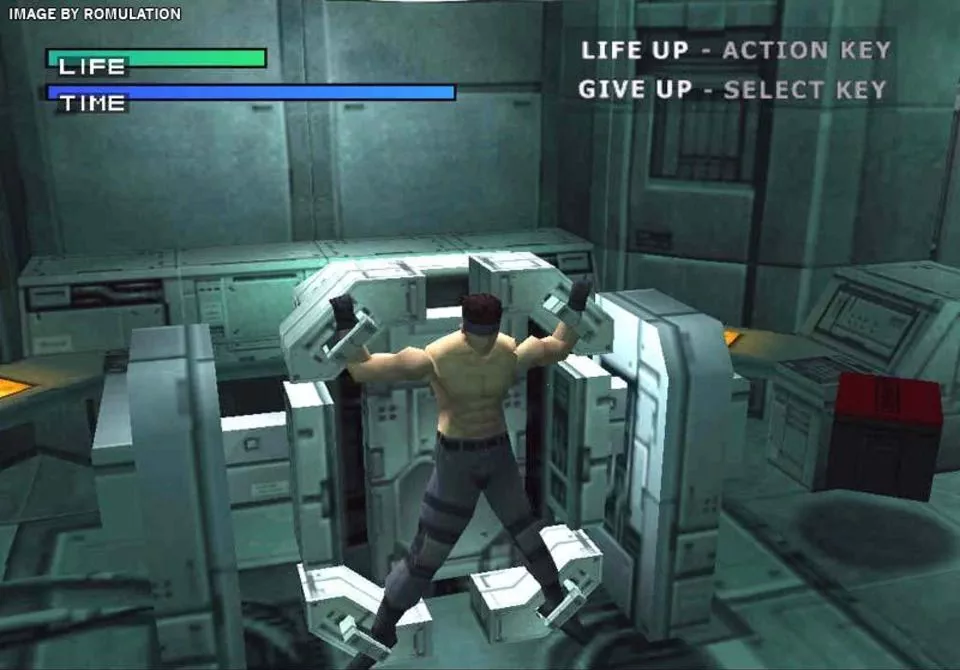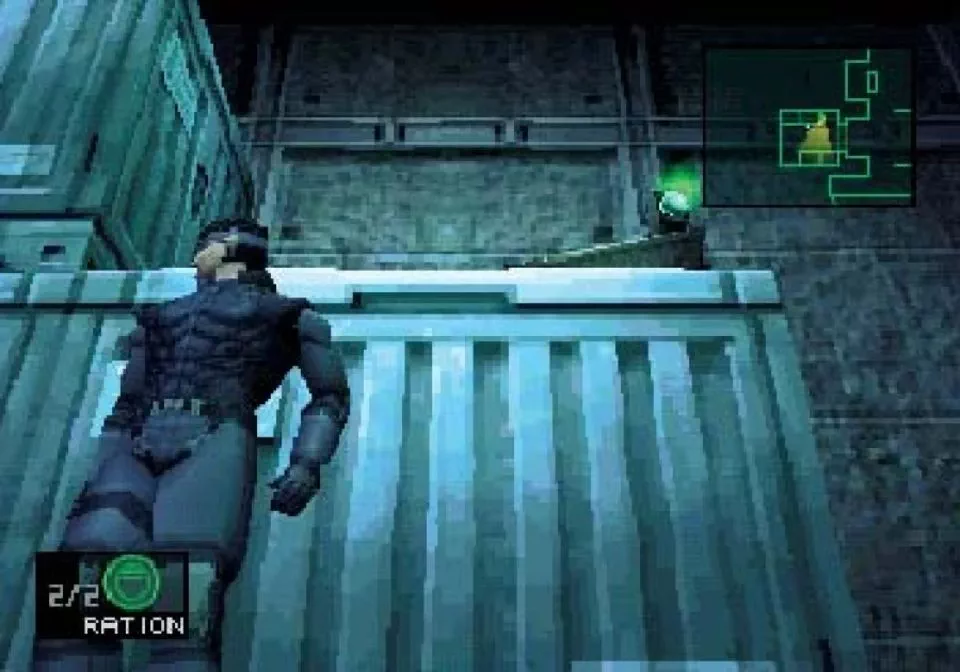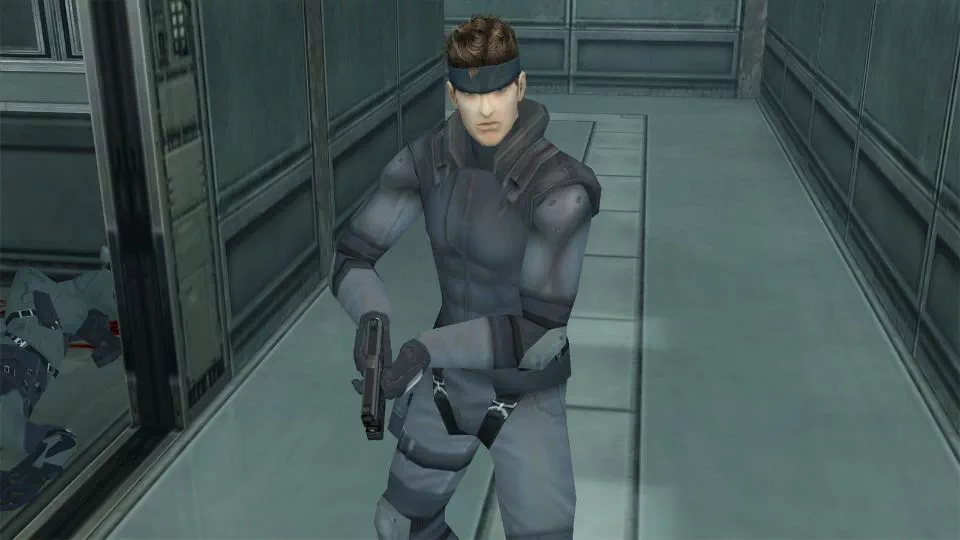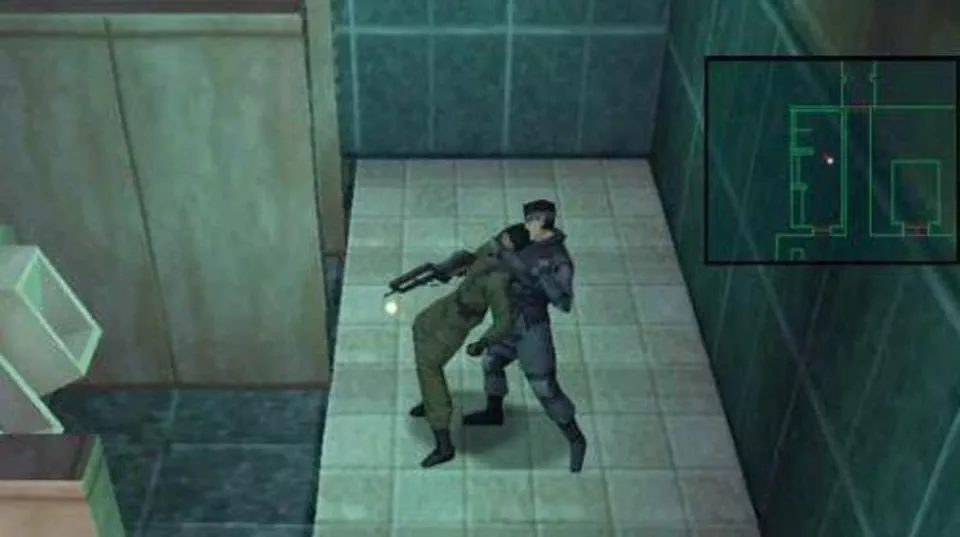Final Fantasy IX
Whether it's the amazing storytelling, epic b...
By Zora Flatley2666

0

The Metal Gear series first debuted in 1987; created by Hideo Kojima and published by Konami. Metal Gear Solid is the 3rd installment in the series and it was launched in 1998 for PlayStation. Many consider it as one of the hallmarks of stealth videogames with mechanics that revolutionized the world of games for decades to come.
The astute attention to detail is something that Kojima has been known for years, from the main character catching a cold to leaving a trail in the snow. While the hardware limitations in the game were obvious, the storytelling and narration have proved to be much more valuable than good looks.
Hideo Kojima has always wanted to be a movie director but he found that it was easier to create a game and tell the same story. The cutscenes in the game are well-crafted and the dialogue is on-point, not to mention the amazing voice acting. They were made to be appreciated and not just to push the plot.
Metal Gear Solid starts with a melancholic and calm intro of our main character “Solid Snake” stealthily venturing underwater into a secret base. Snake’s a retired spy and mercenary that used to belong to a secret organization and rogue special forces unit known as FOXHOUND which is currently residing in a base called Shadow Moses in the heart of Alaska.
The first conversation in the game is set in a codec format where Snake discuses with Colonel Roy Campbell who was the former commander of FOXHOUND and Snake. Kojima’s artistic influences seem familiar as it was inspired by numerous cultural and cinematic artifacts.
The musical score is considered by many to be the best score in a video game from angelic choirs to electronic ambient music. Every scene is outfitted with suitable music that even the menu screen is perfectly fitting. Kojima has always wanted music similar to the one composed by Hans Zimmer for movies for his game and he has certainly done it.
The jazz musician and composer Rika Muranaka has created many themes and soundtracks for Kojima’s games and they were all flawless in terms of composition, motivated by the ambition to “change the standard for music in the industry”.
The iconic elevator cutscene where Solid Snake changes his clothes has set in motion what to expect from the tactical espionage action game. The infiltration is carried out without any weapons, just a pack of cigarettes and binoculars. There is no shortage of cutscenes and they are all rendered very well by the original PlayStation hardware.
Snake has to find two of the hostages locked in Shadow Moses to know the true extent of terroristic power that FOXHOUND has. Hollywood has been trying to adapt the story to a movie but still finding it too hard to fit into a 2 or 3-hour movie while doing it justice.
 https://revyou.com/uploads/thumbnail-960/1592027715022900x.webp
Metal Gear Solid - Review
https://revyou.com/uploads/thumbnail-960/1592027715022900x.webp
Metal Gear Solid - Review https://revyou.com/uploads/thumbnail-960/1592027715023twin-snakes-1.webp
Metal Gear Solid - Review
https://revyou.com/uploads/thumbnail-960/1592027715023twin-snakes-1.webp
Metal Gear Solid - Review https://revyou.com/uploads/thumbnail-960/1592027715024unnamed.webp
Metal Gear Solid - Review
https://revyou.com/uploads/thumbnail-960/1592027715024unnamed.webp
Metal Gear Solid - Review
The gameplay is filled with amusing puzzles and while it’s unfair to compare it to its modern counterparts, it still holds up pretty well compared to most PlayStation games. The focus on stealth was clear from the title and the stealth mechanics were very important to be understood.
The camera view was not enough to be able to navigate the world without being seen. Players would have to depend on the radar most of the time to avoid guards and know the limits of their sights which were represented by cones on the radar.
The characters were all unique and even simple conversations over the radio were enjoyable. Main cutscenes that discussed the nature and history of the nuclear apocalyptic weapons in possession of FOXHOUND were filled with black-and-white real footage of various military operations that gave the scenes a lot of flavors.
Snake is Hollywood’s version of an anti-hero and it was clear from the start how he was going to approach this matter. The villains aren’t rigid tools to progress a plot aimlessly, but each villain had their own philosophy and different concepts that made them become who they are.
You’ll encounter 10 bosses throughout the whole game and each fight will be different. There is more than one way to defeat some bosses. The Psycho Mantis boss fight was a truly unique experience coupled with unsettling music and a creepy atmosphere. During the fight, Psycho Mantis uses his telekinetic powers to get inside your head, rendering your whole TV screen black.
The fourth wall was broken and the player had to find a way to stop Psycho Mantis’s mind games like reversing controls and fading the screen to black. One of the solutions that showed how much thought was put into the game involved switching the controller port to confuse Psycho Mantis.
The art style composed by Yuji Shinkawa is nothing short of amazing that heightened the quality of the game. His infusion of comic-style sketches with gritty shadows has produced some of the most memorable images and styles in a game, capturing the essence of the conflict between Solid Snake and the various characters throughout the game.
The interactive movie style of the game will push the playing time to over 12 hours, most of them embedded with cutscenes that can exceed 10 minutes. The story’s emphasis on the danger of nuclear weapons was fleshed out with a lot of detail, referencing many geopolitical intertwining strands. Boss fights were filled with emotion and the ending of the game was influenced by a choice that players had to make.
Overall, even though the game is 22 years old, it’s very much worthy of being played. The Metal Gear series is one of the most critically-acclaimed series in the gaming community and Metal Gear Solid represents a very good start to help you understand how the story unfolded over the years.
Setbacks in gameplay should be taken with a grain of salt in favor of the story as the mechanics are quite outdated compared to today’s modern games. No matter how many games you’ve played before, Metal Gear Solid will always be a truly unique and genuine experience.
Updated 4 years ago